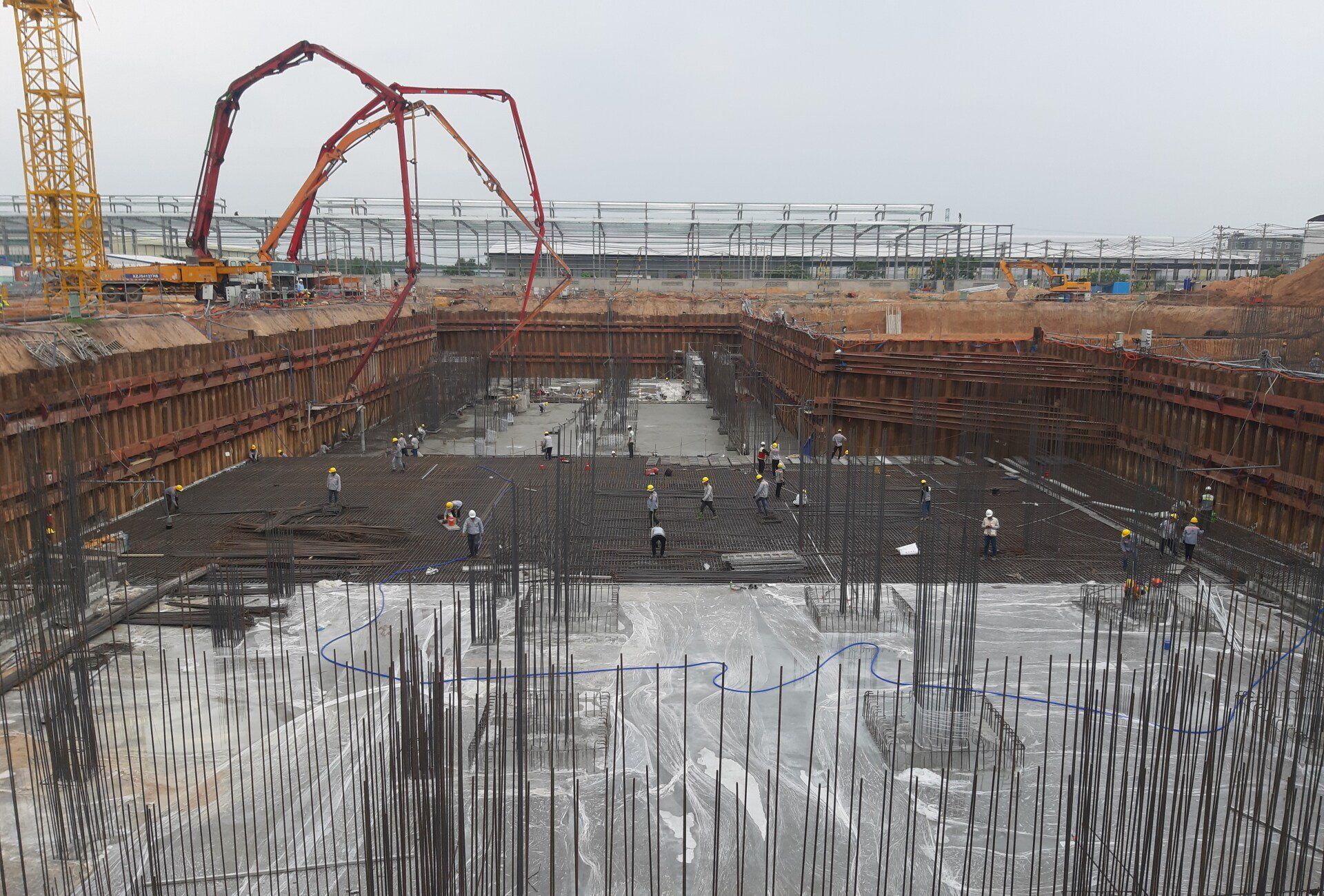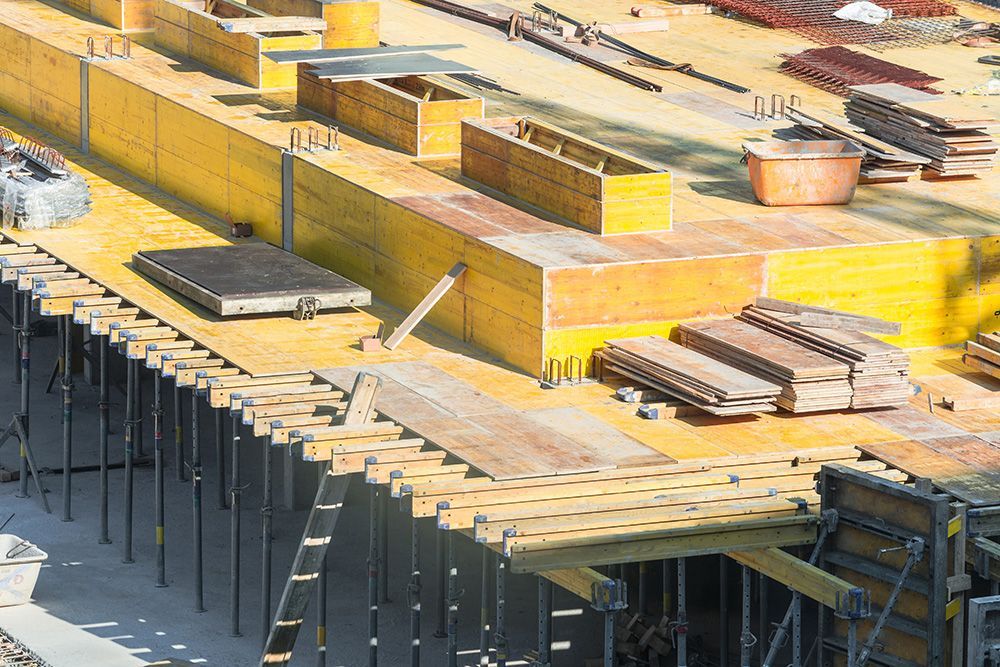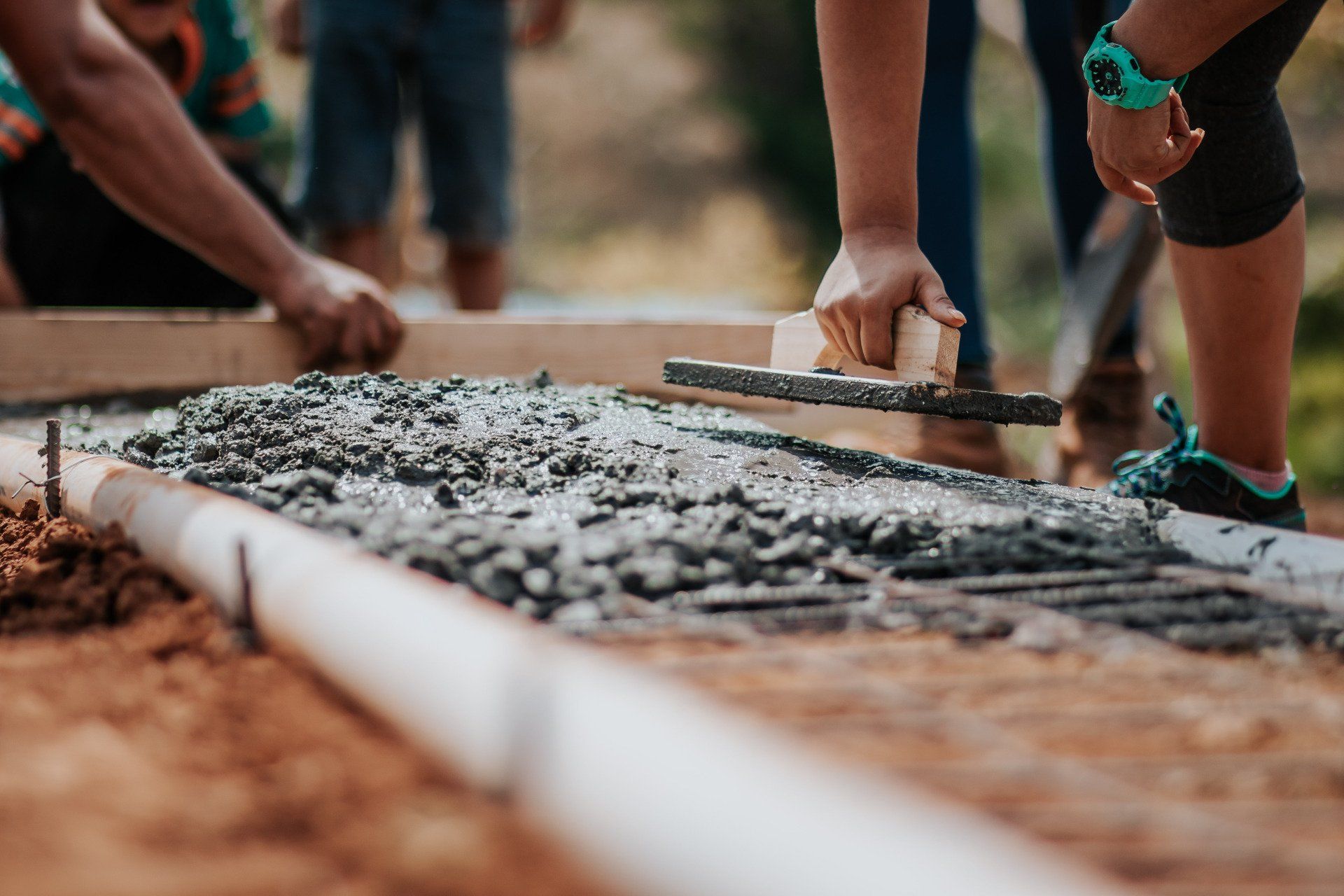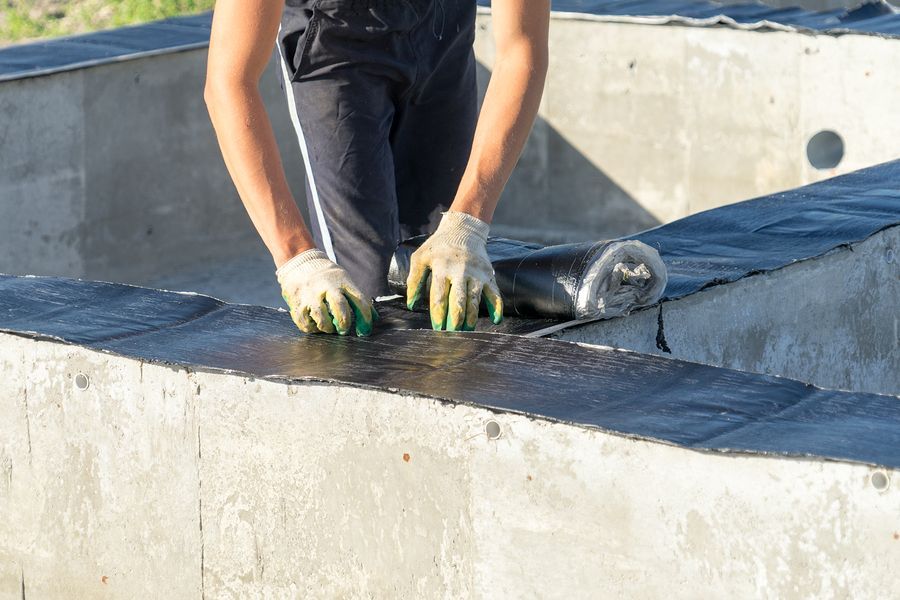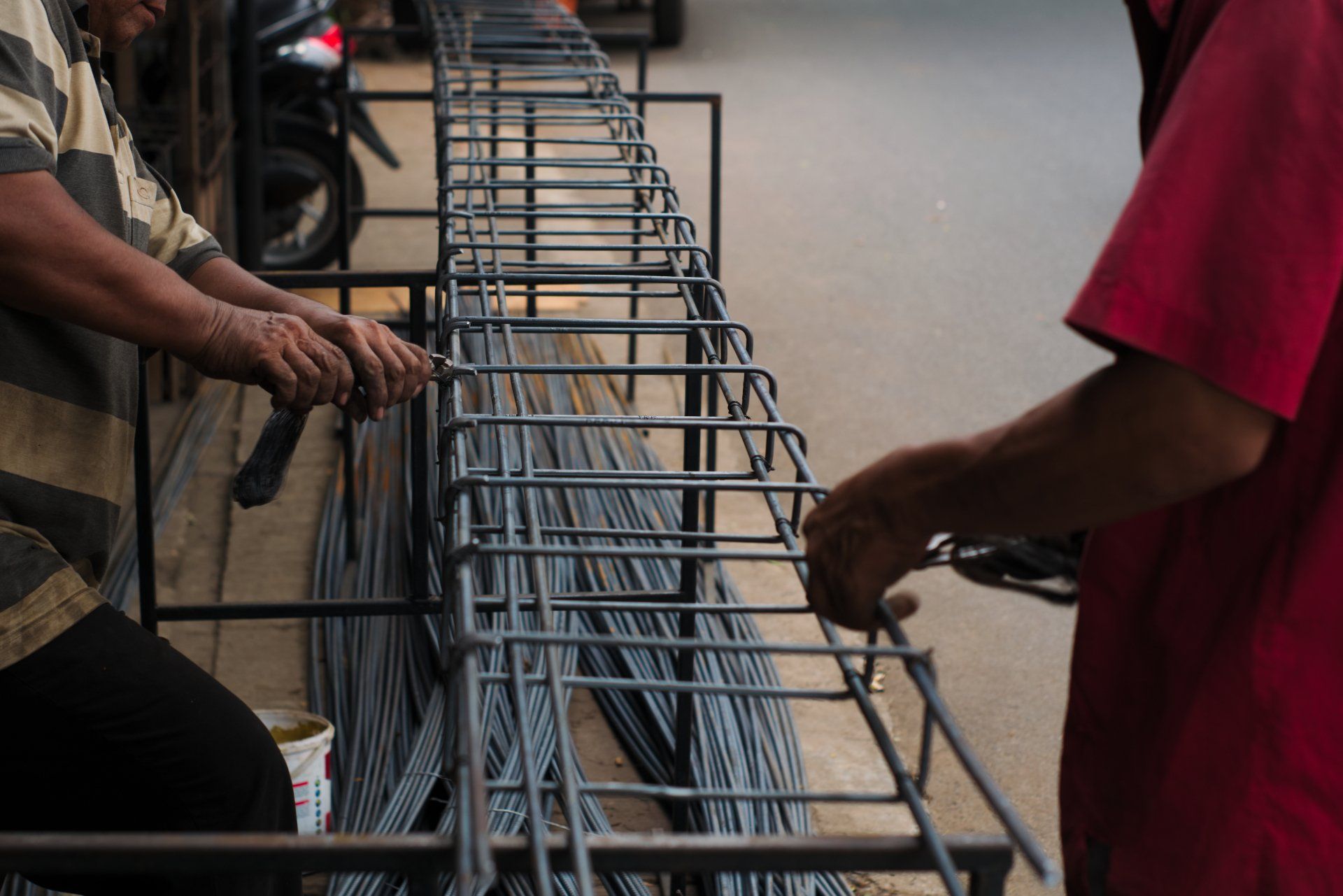Pier and Beam SOS: How to Spot Trouble and Fix It Fast
Navigating Pier and Beam Foundation Repairs: Expert Tips for a Solid Home Base
When it comes to maintaining the integrity of your home, understanding the nuances of your foundation is paramount. Specifically, for homeowners with a pier and beam setup, recognizing the early signs of distress and knowing how to address them is crucial for preserving the structure's longevity and safety. This comprehensive guide delves into the world of pier and beam foundation repair, offering insight into spotting trouble, understanding repair methods, and the importance of professional inspection.
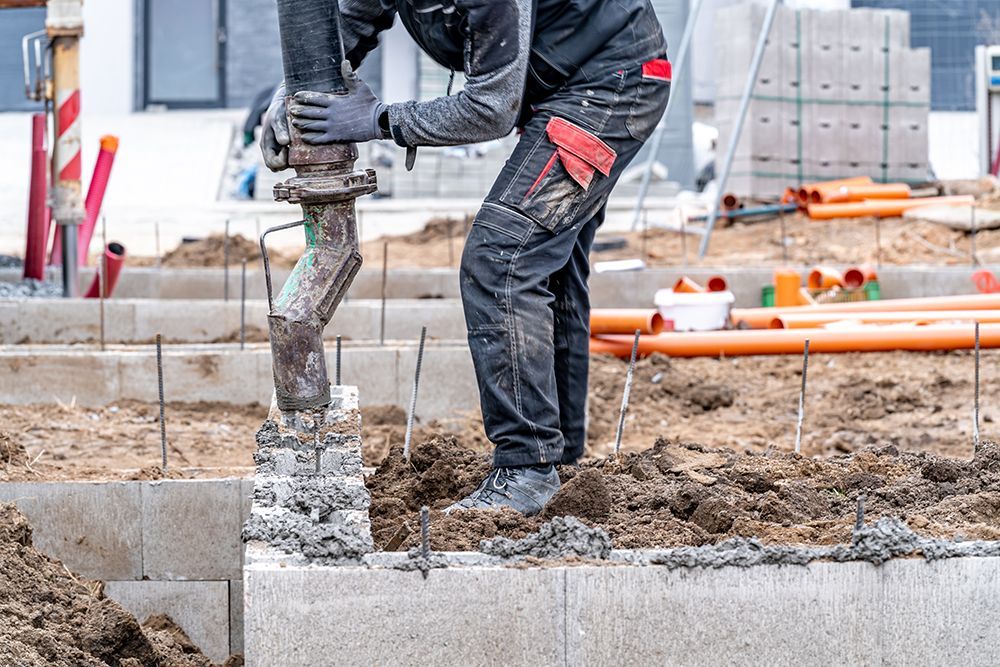
Understanding Pier and Beam Foundations
Before diving into the repair aspect, it's essential to grasp what a pier and beam foundation entails. Unlike the more modern concrete slab foundation, a pier and beam structure is elevated off the ground by piers or pillars, which support the beams that, in turn, hold up the house. This design offers easier access to utilities and is particularly suited to areas prone to soil movement.
However, despite its advantages, the pier and beam foundation is not immune to issues. Recognizing these problems early can save homeowners from more significant, costly repairs down the line.
Spotting Foundation Issues
Foundation issues can manifest in various ways, some subtle and some more pronounced. For pier and beam foundations, common signs of trouble include:
- Uneven Floors: Perhaps the most noticeable sign, floors that slope or feel uneven underfoot can indicate shifting piers or deteriorating beams.
- Doors and Windows that Stick or Won't Close Properly: As the foundation shifts, it can warp the shape of frames, making doors and windows difficult to operate.
- Visible Cracks on Walls: Cracks in both interior and exterior walls suggest that the foundation is moving and not providing stable support.
- Moisture in the Crawl Space: Excessive moisture or standing water under your home can lead to rot in wooden beams and piers, compromising the foundation's integrity.
The Importance of Professional Inspection
At the first sign of trouble, seeking a professional inspection foundation is crucial. Foundation experts can assess the severity of the issue and recommend the most effective course of action. During an inspection, specialists will look for signs of damage, assess the level of moisture, and check the condition of the piers and beams.
Foundation Repair Methods
Once the inspection is complete, the foundation repair company will suggest a repair strategy tailored to your home's specific needs. Common pier and beam repair services include:
- Pier and Beam Foundation Leveling: This involves adjusting the piers to bring the foundation back to its original level, addressing issues of uneven floors and misaligned doors and windows.
- Replacing Damaged Piers or Beams: Over time, wood can rot or concrete can crack. Replacing these elements can restore the structural integrity of the foundation.
- Improving Drainage: To combat moisture issues, improving drainage around and under the foundation can prevent water from accumulating and causing damage.
Special Considerations for Concrete Foundations
For homes with a concrete foundation aspect in their pier and beam structure, concrete slab foundation repair techniques might also be necessary. This could include slab jacking, where a grout mixture is pumped under the slab to raise it to its original position, or underpinning, which involves extending the foundation to more stable soil layers.
Choosing a Foundation Repair Service
Selecting the right foundation repair service is critical. Look for a company with:
Experience:
Choose foundation experts with a proven track record in pier and beam repair.
Reputation: Seek out companies with positive reviews from previous customers.
Transparency: A reputable company will provide a detailed repair plan and cost estimate.
Preventive Measures
Prevention is always better than cure, especially when it comes to foundation repair. Homeowners can take several steps to minimize the risk of foundation issues, such as maintaining proper drainage, ensuring the soil around the foundation is properly graded, and regularly inspecting the crawl space for signs of moisture or damage.
Conclusion
Pier and beam foundation issues can seem daunting, but with the right knowledge and a proactive approach, they can be addressed effectively and efficiently. By recognizing the early signs of foundation trouble, seeking professional inspections, and choosing the right repair services, homeowners can ensure their foundation remains solid and stable for years to come. Remember, the foundation is the bedrock of your home's integrity, so never underestimate the importance of keeping it in good condition.


